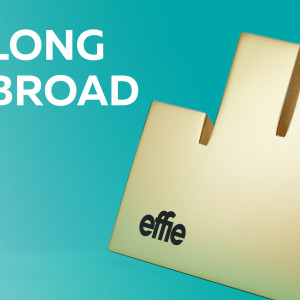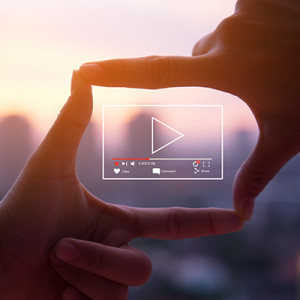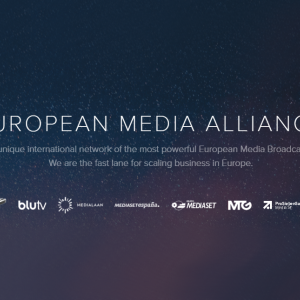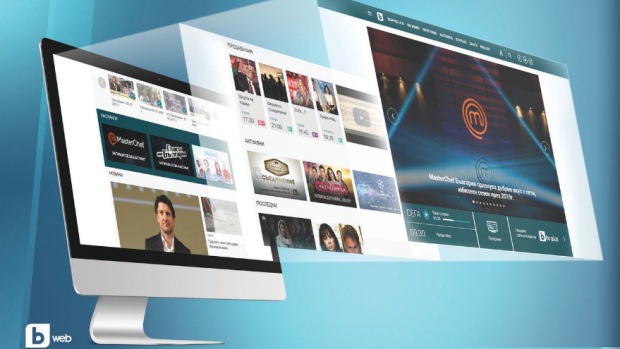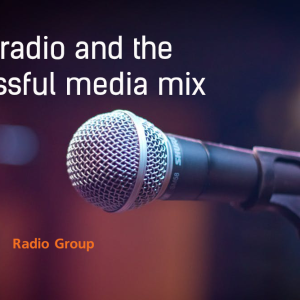Richard Shotton is a name whose contribution to the field of applied behavioural science in the context of marketing speaks volumes. His first book “The Choice Factory - 25 behavioural biases that influence what we buy” explains how behavioural science can solve business challenges and was quickly voted best sales and marketing book of the year at the Business Book Awards. It was also a #1 bestseller on Amazon and is now available in 12 languages.
In 2021 Richard was made an honorary lifetime fellow of the IPA and an associate of the Moller Institute, Churchill College, Cambridge University.
Richard is also the founder of Astroten, a consultancy that applies behavioural science to marketing. A TED speaker, Marketing Week and The Drum contributing author, Richard is a source of inspiration for advertisers and marketing practitioners, as well as everyday consumers.
Now, a month after the release of his second book “The Illusion of Choice: 16½ psychological biases that influence what we buy”, the British author speaks exclusively to bTV Media Group about consumer behaviour and what has or has not changed in the (sub)consciousness of human nature.
Richard, your new book just came out. In it, you talk about choice as an illusion. What inspired you to write it in that context and how does it add to your previous bestselling book “The Choice Factory”?
Well, the word “illusion” comes into it because, while we like to believe that our decisions are rational, there are a whole host of hidden influences that we are not aware of. These are essential short cuts for our brains — we would never be able to cope with the vast quantities of data that we’d need to process in order to make 100% rational decisions. Our lives would grind to a halt as we decided what to have for breakfast.
And it’s these shortcuts that can be harnessed by communicators to shape decisions. I wrote The Illusion of Choice to build on the first book. I look at additional psychological shortcuts that were not covered in The Choice Factory, with a focus on some of the more lateral applications of biases that shape, for example, pricing and habit. One of the ideas I find most fascinating is that every value judgement we make is relative. It could be no other way — and that’s a great opportunity for marketers.
Behavioural science has shown us that overall, cognitive biases are inborn within our mind to such an extent that they actively influence our choices, decisions and behaviour as consumers on a daily basis. Drawing from your experience as a professional in the industry and your ongoing research as an author, has our behaviour as consumers fundamentally changed over the years?
I would say, whilst superficial behaviours may have changed — how could they not, with the digital revolution? — what drives us as humans has not. New technologies just give us new ways to channel our motivations. One of my favourite quotes on the topic comes from advertising legend Bill Bernbach.
“It took millions of years for man’s instincts to develop. It will take millions more for them to even vary. It is fashionable to talk about changing man. A communicator must be concerned with unchanging man. With his obsessive drive to survive, to be admired, to succeed, to love, to take care of his own.”
In prehistoric times, maybe we’d show off a fresh new deerskin to our cave-dwelling peers, signalling hunting prowess and thus status. Today it’s the latest iPhone. The drive is exactly the same.
If yes, what has? If not, can we say that we all respond to very clear and primal stimuli?
I’d say that yes, all of us respond in ways we cannot control consciously, and this is essential for us to function in the world.
Your work is inspired by the reality of the advertising industry across the globe. Do you think the Eastern European consumer is different from the average UK/Western European?
There are hundreds if not thousands of biases, and some will vary in strength from one culture to the next. Take social proof as an example. It’s one of the most robustly researched and reliably effective biases applied in marketing. One of the classic studies demonstrating the power of social proof was carried out in America by US psychologist Robert Cialdini at Arizona State University.
In 2008, he worked with a hotel chain to test which in-room message would best-encourage guests to reuse their towels. The control message, simply reminding guests of the environmental benefits, was successful among 35% of guests. But when he tested a social proof message — simply stating that most people reuse their towels — towel reuse increased to 44% of guests.
We are strongly motivated to do what other people do — it’s a safe bet. And it works well even in more individualistic cultures, such as the US. Follow up studies by Cialdini have shown this principle is even more effective in more collectivist cultures. If you’re interested in exploring questions like this, a good place to start is with Hofstede’s cultural dimensions. There’s a fun online tool that lets you compare different countries according to these factors.
Seeing that Bulgaria is estimated to have a lower level of individualism and higher desire to avoid uncertainty than, say, the UK, you could anticipate that social proof may hold even more sway. The same may be true for other biases that help us deal with uncertainty in decision making.
What is one big mistake that marketers and advertisers do when it comes to their communication approach, or lack thereof, when it comes to taking into consideration behavioral science?
One of the biggest mistakes I see among marketers is a reliance on claimed data for insights. Because, as David Ogilvy famously said: “Consumers don’t think how they feel, say what they think or do what they say.”
Sometimes, we lie knowingly. One of my favourite examples of this comes from the world of online dating. When Christian Rudder, founder of dating site OK Cupid, analysed the profiles of 1.51 million active users, he uncovered evidence of systematic lying. Men on the site are four times more likely than others of the same age and postcode to claim they earn more than $100,000. Suspicious, but not as fishy as the fact that the average height of users was supposedly two inches taller than the average among the population.
But sometimes, we don’t even realise we’re not telling the truth. An example of this is seen in Adrian North’s research into wine purchasing behaviour. In a study in 1999, North — then a psychologist at Leicester University — looked into the impact of music on purchasing decisions.
He alternated the background music played in a supermarket wine aisle, between German and French music. He then surveyed customers who had bought either French or German wine. When French music was played, French wine accounted for 83% of wine sales; when customers had heard stereotypically Teutonic music, German wine represented 65% of sales.
The scale of the difference in behaviour shows that music was the prime determinant of the variety of wine bought.
But when asked, just 2% of shoppers attributed their wine choice to the background music. Even when prompted, 86% of people stated that it had no impact at all. It’s not that they were deliberately lying; more that they were unaware of their motivations. The reasons proffered were post-rationalisations.
This has two important implications for marketers. First, don’t believe all you hear in your research. Your customers are naturally adept at post-rationalising. And second, for reliable insights, carry out your own experiments. Monadic testing is usually simple to organise. Arrange two (or more) set-ups that differ only by the variable of interest — just like North’s musical experiments. Then sit back and observe what’s really going on.
Is there a medium (TV, radio, web) that influences our choice more than others do?
Well, biases are hard-wired in humans — so they’ll work across all media. But there are certain aspects of our psychology that make TV advertising especially interesting. One example is the idea of costly signalling. This suggests that our belief and trust in a message are proportional to the perceived expense of the message — and what better medium than TV to suggest that you’ve splashed the advertising cash?
The idea that going big and bold signals status is hardly new — just think of some of the colourful and extravagant mating rituals seen in the natural world. But there’s evidence too that people associate ad spend with quality. One study comes from Anna Kirmani and Peter Wright, who described advertising scenarios — including budget — and asked participants to rate the quality of the product discussed. The higher the spend, the higher the rating. So marketers who use TV to create prime time premium ads will likely reap the rewards.
Another plus for TV is that it's well placed to harness the impact of mood. There’s good evidence that when we’re in a happy, relaxed mood, we’re far more likely to feel positive about brands we’re exposed to. Marketers can use this by placing ads among favourite comedies, or at times of the day when viewers are unwinding.
Over the past 2.5 years, the world went through a health crisis and an aftermath of a looming recession. What is the best advice for brands who are looking at cutting costs in turbulent times? What would be the end consumer’s response to that visibility halt of brands they are somewhat used to seeing active?
My advice would be, don’t cut exposure. There’s good evidence that we develop preferences for things simply by becoming familiar with them. This dates back to an experiment in 1968 by Stanford psychologist Robert Zajonc, who conducted a study into the effects of mere exposure on attitude change.
For this study, Zajonc showed participants images of novel nonsense words, Chinese characters and faces. They were asked to rate how pleasant the images were. Some participants had seen the image before and some had not. Within the group who’d seen the image before, some had seen it a few times, and some had seen it as many as 25 times.
The findings of Zajonc’s study were clear: the more people had been exposed to the image, the more they said they liked them. He called this the mere exposure effect because even though no information was communicated about the characters or faces repeated viewing made them more attacking. Simple presence has a persuasive effect all of its own.
This is really one of the principles underlying advertising. And it would suggest that cutting back on visibility will have a negative impact on brand perception.
By Konstantina Bandutova







